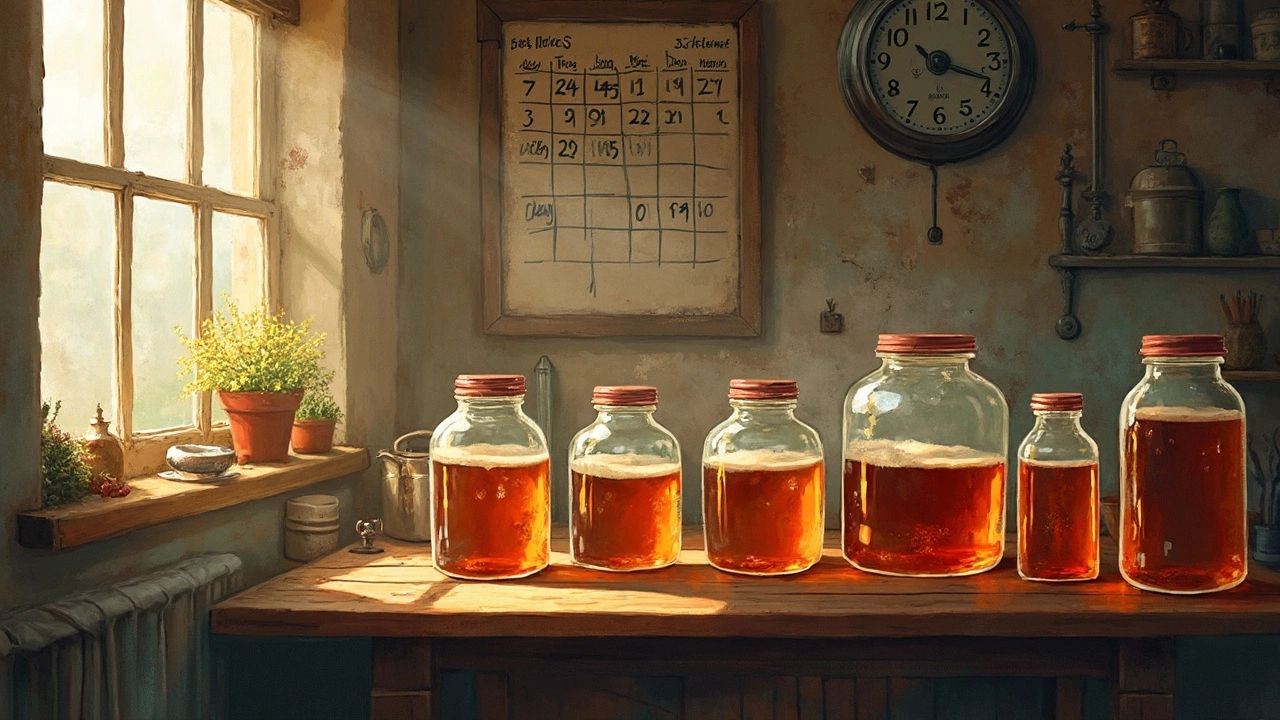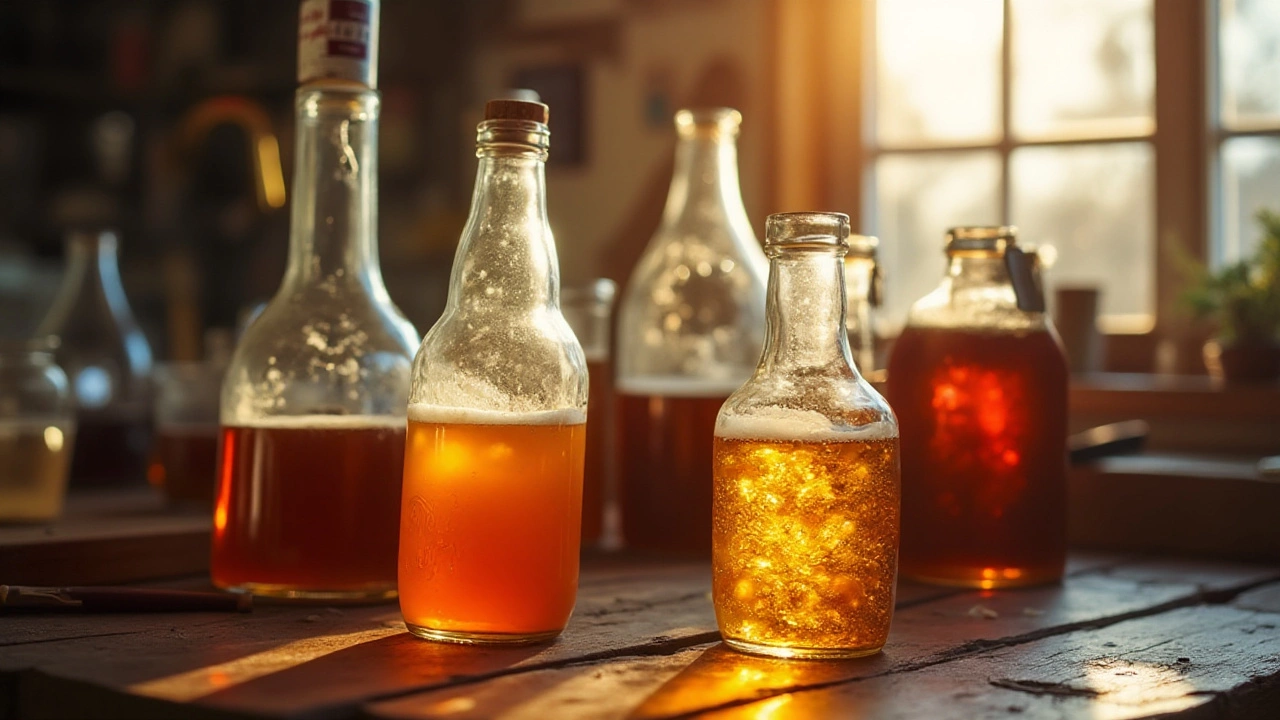Beer Fermentation – What Happens and How to Make It Better
If you’ve ever wondered why beer goes from sweet wort to tasty booze, the answer is fermentation. It’s the stage where yeast eats sugar and produces alcohol and carbonation. No fancy science needed – just micro‑organisms and a bit of patience.
First, you need good yeast. Ale yeasts work at warmer temps (15‑22 °C) and give fruity flavors, while lager yeasts like cooler temps (8‑12 °C) and stay clean. Pick the strain that matches the style you’re aiming for, and store it in the fridge until you’re ready.
Key Steps for a Successful Fermentation
1. **Pitch at the right temperature** – yeast loves a cozy start. Too cold and it’ll lag; too hot and you’ll get off‑flavors. Use a thermometer and aim for the range on the yeast label.
2. **Give it oxygen** – yeast needs oxygen for the first 12‑24 hours to build a strong cell wall. A quick stir or a brief shake of the fermenter does the trick.
3. **Seal but don’t suffocate** – attach an airlock so CO₂ can escape while keeping contaminants out. A tight seal reduces risk of infection, which can ruin the batch.
Common Problems and Quick Fixes
Stuck fermentation? Check the temperature first. Raise it a couple of degrees and give the yeast another oxygen boost. If you see film on the surface, it might be a pellicle from wild yeast – just skim it off and keep going.
Too much fruity ester? Your yeast may be too warm or you might have over‑pitched. Lower the temp a bit and consider using a yeast nutrient to keep the process balanced.
When fermentation is done, you’ll notice the bubbling slows or stops. A simple hydrometer reading of the same gravity on two consecutive days confirms it’s ready for bottling or kegging.
Want more in‑depth reads? Check out our article on “What Is the Number One Beer in the World?” for inspiration on styles, and “Best Foods to Eat Before a Whisky Tasting” for palate‑cleaning tips that work for beer too.
Finally, keep notes. Jot down the yeast strain, temperature profile, and any tweaks you made. Over time you’ll see patterns and improve your brews without guessing.
Fermentation is the heart of brewing, but it’s also the most forgiving part if you follow these basics. Warm up the wort, feed the yeast, seal it up, and let nature do the rest. Cheers to better beer every batch!
Ever wondered if letting your beer ferment longer makes a difference? Most home brewers have been there, pondering whether to crack open the fermenter early or wait a little longer. This article discusses the impact of extended fermentation on flavor and quality and whether the extra days make your home-brewed flavors more complex or just plain funky.
View DetailsBrewing beer at home has a rewarding sense of accomplishment, but timing is crucial. Understanding the stages of brewing, from fermenting to bottling, influences when you can sip that perfect pint. Learn about the optimal timeline to enjoy your brew to its fullest. Dive into the science behind fermentation and the variables affecting your beer's readiness. Discover how patience and precision can transform your homemade beer into a masterpiece.
View DetailsDelve into the science of beer fermentation to discover how the duration influences the strength and flavor of your homebrew. This essential guide for homebrewers explores the role of yeast, alcohol content, and factors impacting fermentation. Learn how to adjust your brewing techniques for optimal results and create flavorful and robust beers. Uncover exciting facts and expert tips that can elevate your brewing game to the next level.
View Details



